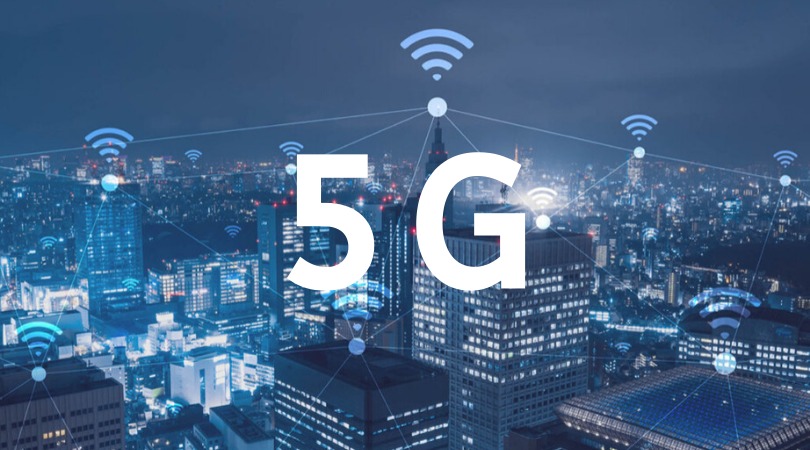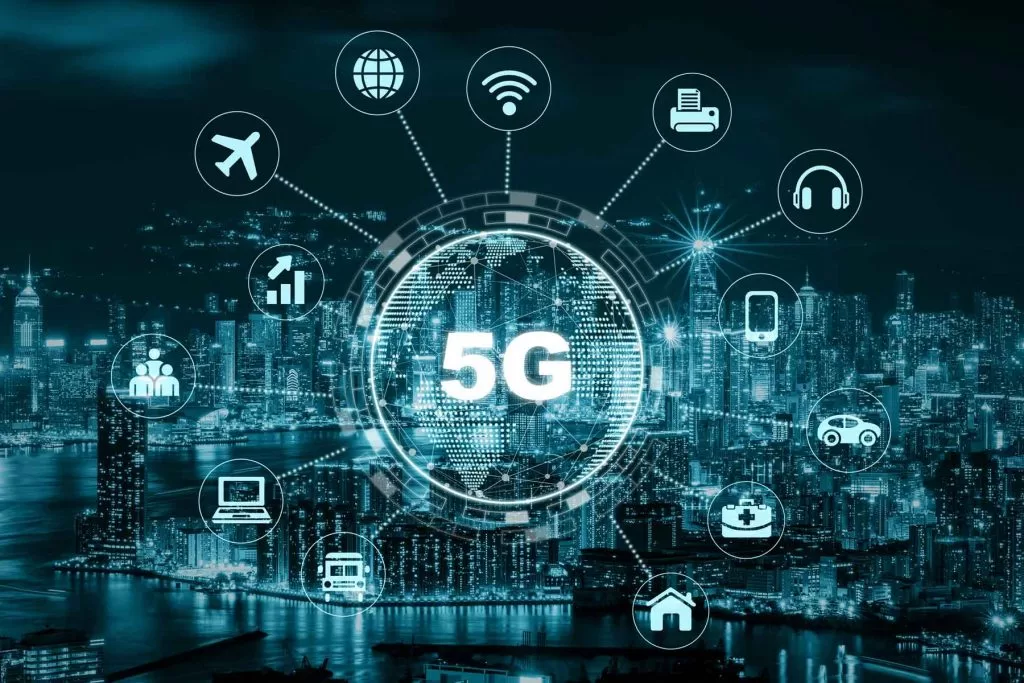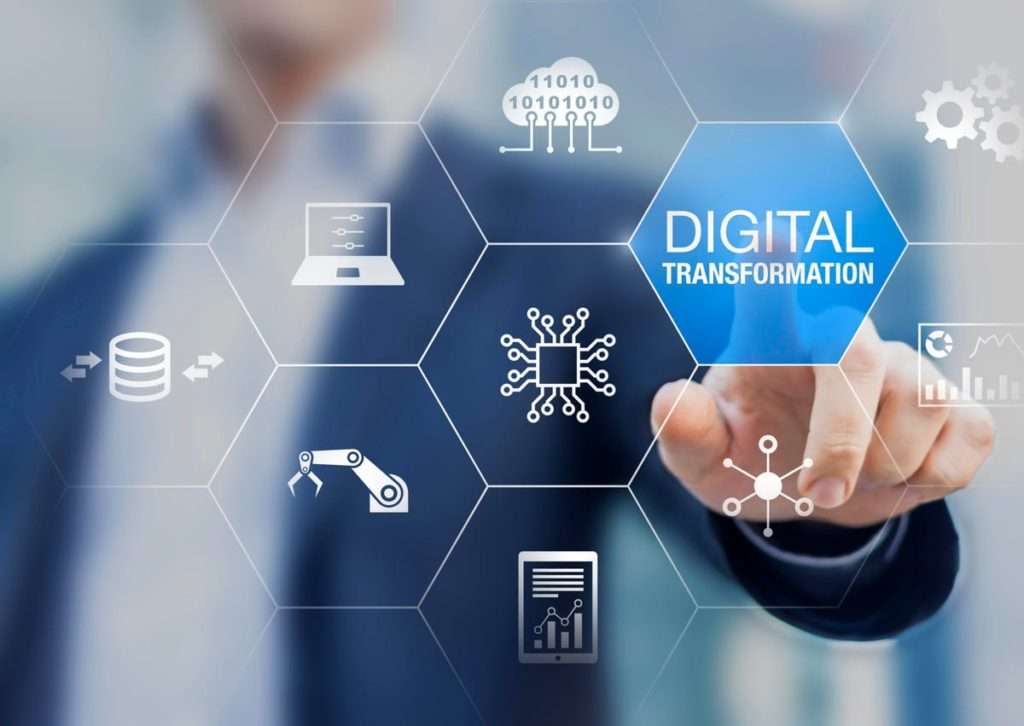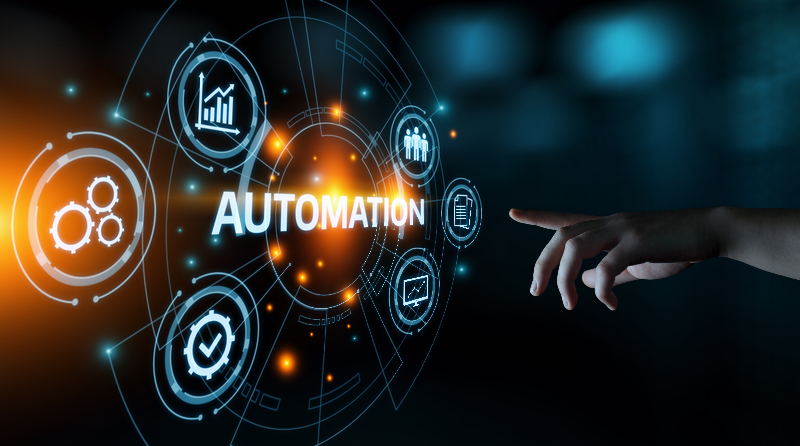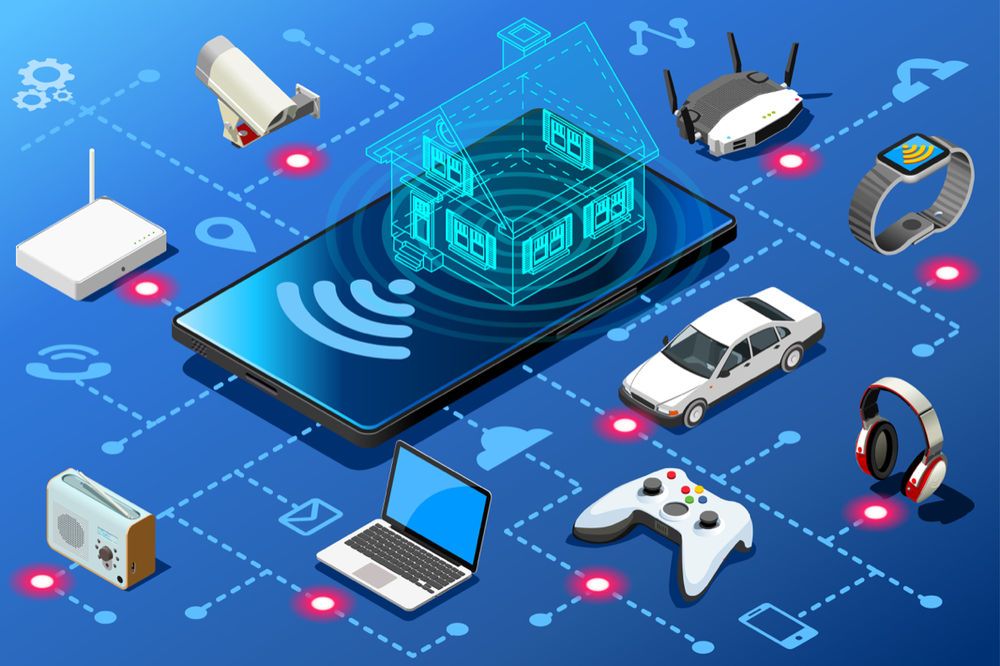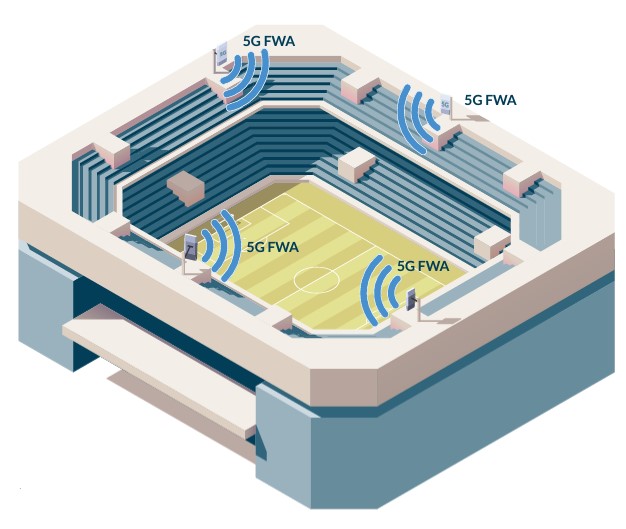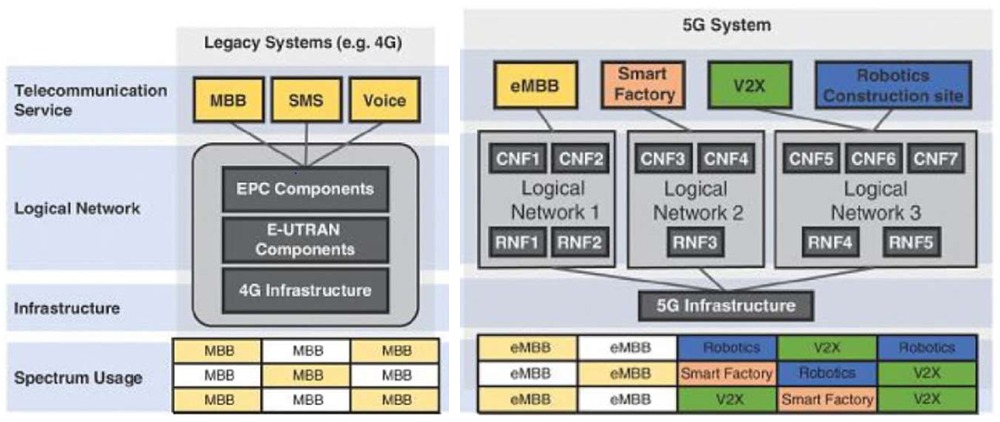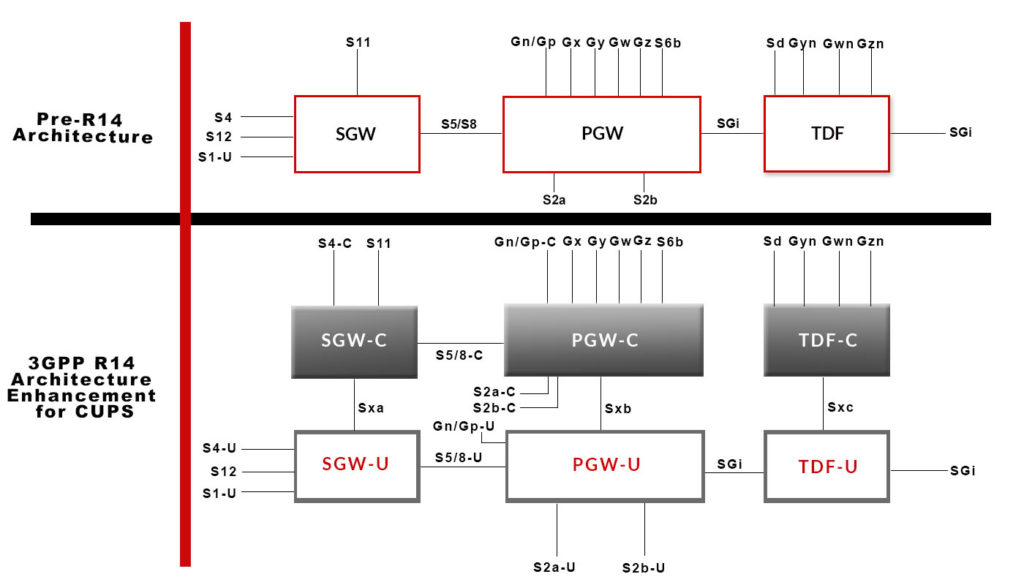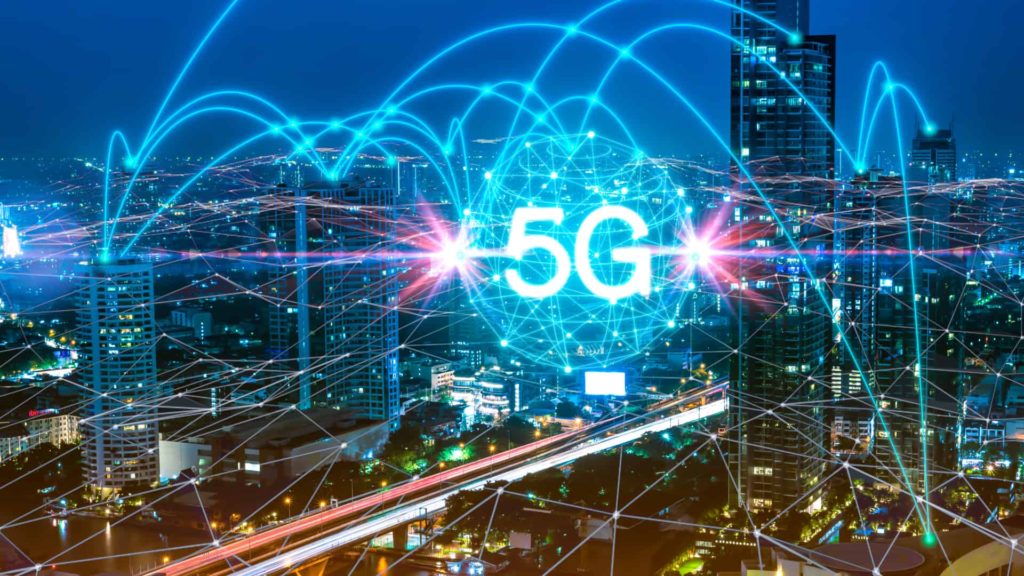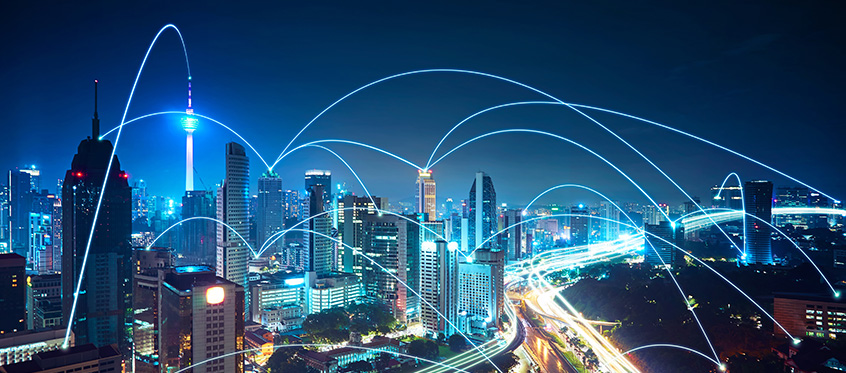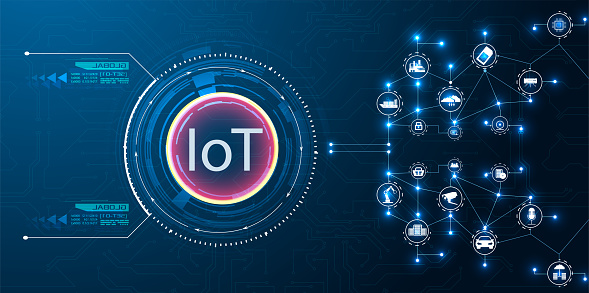The fifth generation of networks (5G) is of great importance in shaping future societies. During the last years, the capabilities of smartphones, tablets, and all related devices that use 5G networks have increased. The Global telecommunications industry is at the forefront of global financial competition, estimated to make about 40% of the world market. What 5G technology promises to achieve is to secure its leadership role in Telecommunications. In addition, 5G will have a significant role in creating new markets, such as smart cities, e-health systems, intelligent transport systems, education or entertainment, and media.
The idea that new classes of devices will emerge, which will communicate with other devices, will be strengthened in the near future. One such example is the use of sensors, which are expected to send data to a server. The difference is that this will be done in a “device-central” way and not in a “cell-centric way, which is done nowadays. The new devices will decide when and how it is more efficient to send the data to the server.
5G network characteristics
5G will introduce changes in the transmission of information. Microwaves are transmitted today, but 5G networks will transition to millimeter waves will shortly. The consequence of this is the search for solutions for higher speeds, longer wavelengths, and higher transmission frequencies in the range of 3 – 300 GHz. This presents several challenges since these signals can receive considerable interference from the environment, such as surrounding buildings, bad weather, and human activity between the transmitter and receiver. These problems can be encountered using directional antennas, which are realigned in real-time when the signals are blocked.
The next and most important 5G technological achievement will be the MIMO (Multiple-in-Multiple-out) technology. This means that base stations and end devices will be equipped with multiple antennas, which will transmit multiple signals simultaneously. Thus, instead of the signals being routed from the base stations, they will also be routed from the devices themselves. This technology can significantly improve the efficiency with which the 5G network can manage its spectrum resource and allocate its frequencies.
Still, a revolutionary technology would enable a multitude of devices to communicate with each other without having to use the actual network. For example, a network of sensors can have tens of thousands of temperature data transmitters. Their transmission becomes easier if the data is sent from device to device, without the intervention of the base station, something that will happen with the use of new this new 5G technology.
The growing demand for high connection speeds due to very high-definition video is becoming more and more common. 1 Gbps is the minimum limit required, intending to reach at least 10 Gbps connections with the expansion of 5G networks. This is a speed 100 times higher than the 100 Mbps initially offered by 4G. High speeds, however, are not the only issue. The demand of consumers to operate tens of thousands of smartphones and other devices simultaneously requires new network architectures.
Furthermore, everything imaginable (from washing machines and doors to cars and traffic lights) will gradually be networked. It is evident that the needs are going to be huge. These reasons reinforce the need for the evolution, development, and operation of advanced 5G technologies.
5G IoT
IoT is the sum of all physical devices such as vehicles, buildings, and other various objects with integrated electronics, software, sensors, and a network connection that will allow these devices to collect and exchange data. IoT allows things to be digitally perceived and manually controlled across the entire network infrastructure. This will create opportunities for integrating the physical world into computer-based systems and lead to improved efficiency, accuracy, and cost-effectiveness. Furthermore, Cyber-physical systems are systems that consist of entities and mechanisms that are controlled or guided. CPSs are similar to IoT in that they share the same architecture, yet CPSs have a higher combination and coordination of physical and computational data.
5G IoT applications
Smart grids
A smart grid is an electrical network that includes a variety of functional and energy measures, including smart meters, smart devices, and renewable energy sources with sufficient energy resources.
Smart homes
A smart home is a home where home appliances are used and controlled manually or automatically. Some objects can operate automatically without communicating with the network, while others are part of the IoT for manual control and data transfer. The control size can range from the device to a smartphone using Bluetooth up to the device to a computer located on the other side of the world and centrally controlled through a software application.
Intelligent transportation / smart transmission
Such systems use sophisticated applications that provide innovative services related to different transport and traffic management situations. These systems allow different users to be better informed and offer safer, more coordinated, and smarter transmission networks.
Smart cities
A smart city is a vision of urban development to integrate multiple solutions in information and communication technology (ICT) in a secure way to manage a city’s assets. The elements of the city include local service information systems, schools, libraries, transportation systems, hospitals, power generators, water supply networks, law enforcement, and other social services. Everything is uniquely recognizable through its built-in computer system, but it can collaborate through the existing internet infrastructure.
Environmental monitoring
Environmental monitoring will be achieved with applications that use sensors to assist in environmental protection by observing air or water quality in atmospheric or soil conditions. These applications may also include areas that will monitor the mobility of wildlife and its natural environment. Advanced IoT device development can have other applications such as earthquake or tsunami prevention. IoT devices in this application essentially cover a large geographical area and can also be mobile. It has been argued that what the IoT standardization of wireless sensing will offer will revolutionize the field.
Infrastructure management
Infrastructure management includes monitoring and controlling urban and rural infrastructure operations, such as bridges, railways, and offshore wind farms. The IoT infrastructure can monitor events and changes in structural conditions that may make security questionable and increase the risk of usage. Infrastructure management can also be used for activities such as scheduling, repair, and maintenance. These processes can be developed in an efficient way, synchronizing tasks between different service providers and users of these facilities. IoT devices will control critical infrastructures, such as bridges, and effective provisioning of access to ships. IoT devices to monitor and operate infrastructure are likely to improve incident management and coordination of emergency response and the quality of services, reducing operating costs of all infrastructure in related sectors.
Manufacturing
Network control and management of production equipment, as well as asset and statement management, or the production control process, bring the IoT into the realm of industrial applications and smart manufacturing. Intelligent IoT systems enable the rapid production of new products, the dynamic response to product requirements, and the optimization of industrial production and real-time supply chain networks.
IoT can use digital control systems to provide automated control processes, administrator tools, and service information systems to optimize factory security and protection within the IoT grid. This IoT expansion can also help manage capital through predictable maintenance, statistical evaluation, and measurements to maximize reliability. In addition, IoT can integrate Intelligent industrial production systems into the smart grid to allow real-time energy optimization. Measurements, automatic controls, factory optimization, health and safety management, and other functions may be provided by a large number of network sensors.
5G Industrial IoT
The National Science Foundation established a collaborative industry/university research center on Intelligent Maintenance Systems (IMS) in 2001, focusing on using predictable IoT-based analytical technologies to track connected machines and predict mechanical degradation and prevent further failures. The vision of achieving zero collapses using IoT-based predictive analytics led to plans for e-manufacturing and e-maintenance activities.
The term IIoT (industrial internet of things) often appears in the manufacturing industries, referring to the industrial subset of the IoT. IIoT in manufacturing is likely to produce so much labor value that it will eventually lead to the fourth industrial revolution. This so-called fourth industrial revolution is a collective term that embraces a number of modern automation processes, data exchange, and construction technologies. It has been defined as a term for the technological concepts that have value for organizations that will eventually embrace Cyber-Physical Systems, the Internet of Things, and the Internet of Services.

